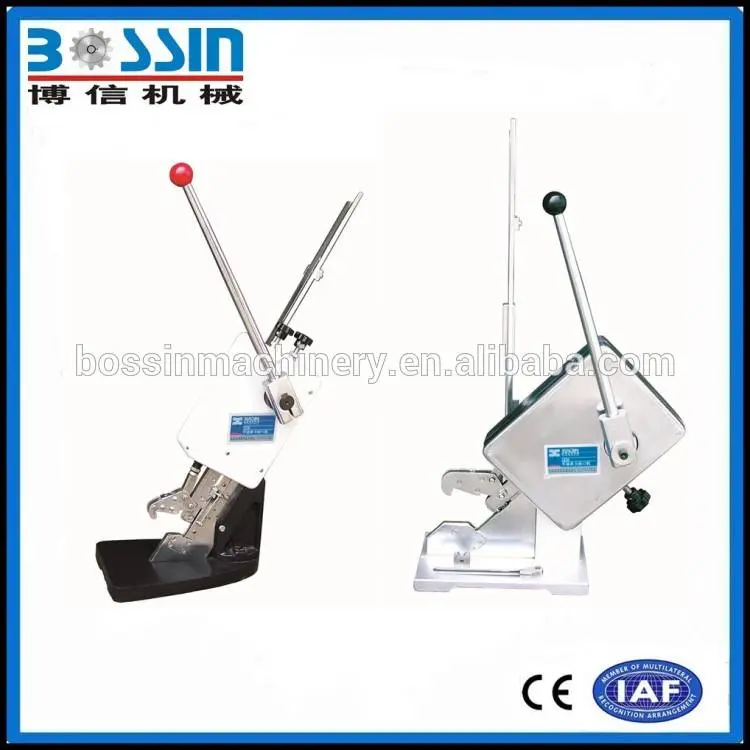
Aug . 14, 2024 04:01 Back to list
Efficient and Versatile China Sausage Cutting Machines for Food Processing Industries and Commercial Kitchens
The Evolution of China Sausage Cutting Machines A Revolution in Food Processing
In the realm of food processing, efficiency and precision are paramount. This is particularly true in the production of sausages, where the size and consistency of each cut can significantly affect the final product's quality. This is where China sausage cutting machines have made their mark, evolving from simple, manual devices to sophisticated, automated solutions that cater to the demands of modern food manufacturers.
A Historical Perspective
Historically, sausage making was a labor-intensive process, requiring skilled artisans to cut and prepare the meat by hand. This not only demanded considerable time but also introduced inconsistencies that could affect taste and texture. As the demand for processed food surged, especially in the late 20th century, there was a pressing need for more efficient methods of production. Enter the sausage cutting machine—initially powered by simple motors, these machines began to revolutionize the sausage-making industry.
Technological Advancements
Today's sausage cutting machines, particularly those developed in China, boast advanced technology that enhances efficiency and precision. These machines come equipped with stainless steel blades that ensure clean cuts and minimize waste. Some models even utilize high-tech sensors to guarantee uniformity in size, all while maintaining the integrity of the meat. This level of control is critical as it allows manufacturers to meet stringent food safety and quality regulations.
Moreover, modern sausage cutting machines are often designed for versatility. Manufacturers can switch easily between different types of sausages—be it brats, Italian, or frankfurters—without significant downtime. This adaptability is crucial in a competitive market where consumer preferences can change rapidly. Automated settings allow operators to modify cutting speeds, sizes, and even the types of cuts, providing a level of customization that was previously unattainable with manual methods.
china sausage cutting machine

The Benefits of Automation
Automation is another key feature of China's sausage cutting machines that has transformed the industry. In recent years, many manufacturers have integrated Artificial Intelligence (AI) and machine learning technologies into their machines. This not only increases production rates but also enhances predictive maintenance, significantly reducing the risk of downtime due to equipment failure. In an industry where time is money, such innovations are invaluable.
Another significant advantage of these machines is their impact on labor costs. As automation takes over repetitive tasks, food manufacturers can allocate human resources to more critical roles, such as quality control and product development. This shift not only improves overall productivity but also helps in upskilling the workforce, providing employees with opportunities to engage in more meaningful work.
Environmental Considerations
As the world becomes increasingly aware of environmental issues, the design and operation of sausage cutting machines have also started to align with sustainable practices. Many manufacturers are focusing on energy-efficient designs that minimize power consumption and reduce the carbon footprint. Additionally, improved waste management systems allow for the efficient collection and disposal of scraps, contributing to a more sustainable production process.
Conclusion
In conclusion, the evolution of China sausage cutting machines exemplifies the profound impact of technology on food processing. From enhancing efficiency and precision to reducing labor costs and promoting sustainability, these machines have become indispensable tools in the sausage manufacturing industry. As technology continues to advance, the future of sausage production in China—and indeed, globally—will likely see even more innovations that cater to consumer demands for quality, variety, and sustainability. Indeed, the humble sausage cutting machine has come a long way, and its journey is far from over.